A Russian countess stows away in the stateroom of a married U.S. diplomat bound for New York.
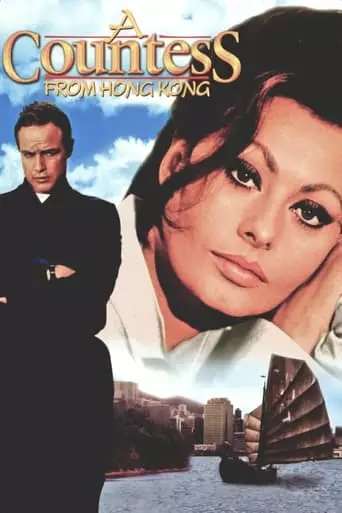
A Russian countess stows away in the stateroom of a married U.S. diplomat bound for New York.
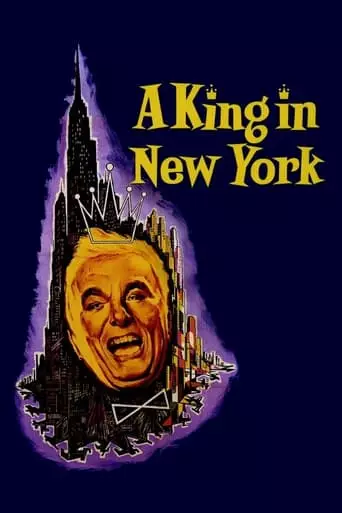
A recently-deposed “Estrovian” monarch seeks shelter in New York City, where he becomes an accidental television celebrity. Later, he’s wrongly accused of being a Communist and gets caught up in […]

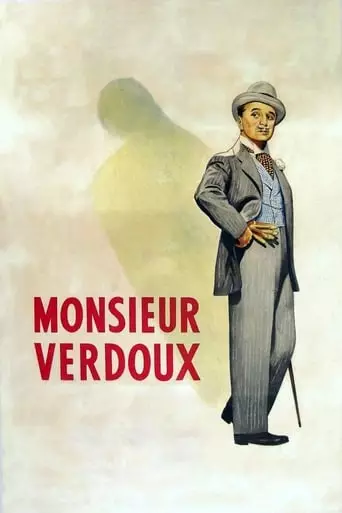
The film is about an unemployed banker, Henri Verdoux, and his sociopathic methods of attaining income. While being both loyal and competent in his work, Verdoux has been laid-off. To […]
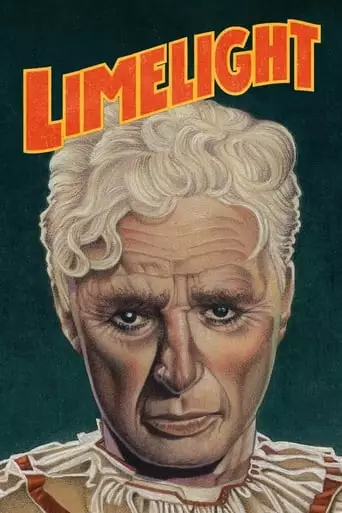
A fading music hall comedian tries to help a despondent ballet dancer learn to walk and to again feel confident about life.
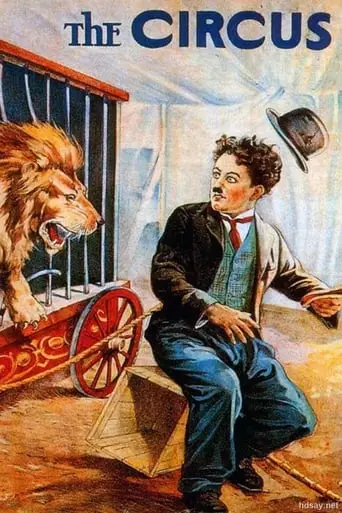
Charlie, a wandering tramp, becomes a circus handyman – soon the star of the show – and falls in love with the circus owner’s stepdaughter.
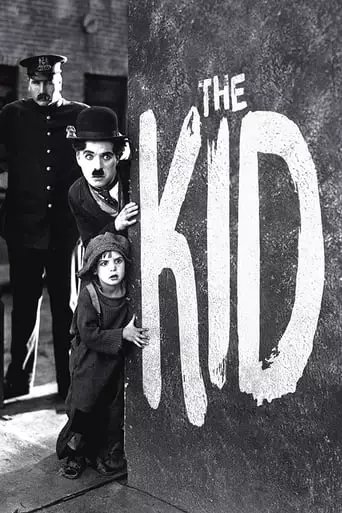
A tramp cares for a boy after he’s abandoned as a newborn by his mother. Later the mother has a change of heart and aches to be reunited with her […]

Dictator Adenoid Hynkel tries to expand his empire while a poor Jewish barber tries to avoid persecution from Hynkel’s regime.
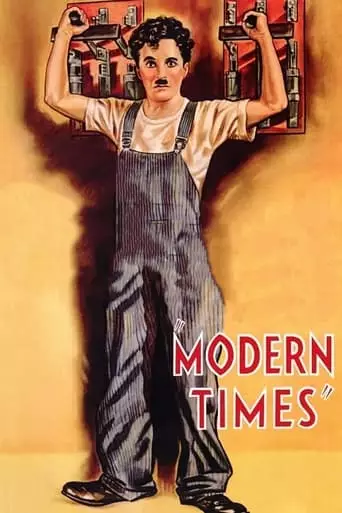
A bumbling tramp desires to build a home with a young woman, yet is thwarted time and time again by his lack of experience and habit of being in the […]
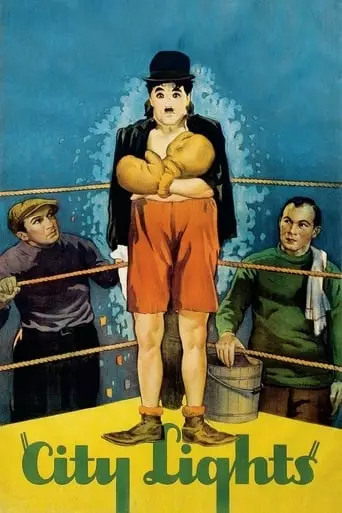
In this sound-era silent film, a tramp falls in love with a beautiful blind flower seller. City Lights (1931), directed by and starring Charlie Chaplin, is a silent romantic comedy-drama […]
Charles Chaplin: Cinema’s Timeless Genius
Charles Chaplin, often referred to as “Charlie Chaplin,” is one of the most iconic and influential figures in the history of cinema. A pioneer of the silent film era, Chaplin’s contributions as a director, actor, writer, producer, and composer helped shape the language of film. His distinctive screen persona, the Tramp, became a global symbol of humor and humanity.
Through his work, Chaplin bridged comedy and pathos, delivering profound social and political commentary wrapped in laughter. As a director, his meticulous craftsmanship and daring storytelling have left a lasting legacy in filmmaking.
Early Life and Rise to Stardom
Born on April 16, 1889, in London, England, Charles Spencer Chaplin endured a difficult childhood marked by poverty and hardship. His parents were music hall performers, but their careers faltered, and Chaplin spent time in workhouses as a child.
Despite these challenges, he developed an early passion for the stage, joining a touring theater company as a young boy. His talent for physical comedy and mimicry caught the attention of Fred Karno’s comedy troupe, leading to a successful career in vaudeville and his eventual move to America in 1910.
In 1913, Chaplin was signed by Keystone Studios, where he made his film debut. It was during this time that he developed his most famous character, the Tramp, with his bowler hat, cane, and distinctive mustache.
Transition to Directing
Chaplin quickly recognized the creative potential of directing and began taking control of his films. His early directorial efforts included The Tramp (1915) and Easy Street (1917), showcasing his ability to blend slapstick humor with emotional depth.
By 1919, Chaplin co-founded United Artists with Mary Pickford, Douglas Fairbanks, and D.W. Griffith, gaining complete creative control over his projects. This independence allowed him to pursue ambitious and innovative filmmaking.
Hallmarks of Chaplin’s Direction
As a director, Chaplin’s work was characterized by:
Visual Storytelling: With a background in silent cinema, Chaplin mastered the art of conveying complex emotions and narratives through physical performance and visual composition.
Humanism: His films often focused on the struggles of the common man, addressing themes of poverty, inequality, and resilience with humor and empathy.
Meticulous Craftsmanship: Chaplin was known for his perfectionism, often reshooting scenes countless times to achieve the exact emotional and comedic effect he desired.
Social Commentary: Chaplin used his films to critique societal issues, including industrialization, war, and authoritarianism.
Notable Works
Chaplin’s filmography is filled with masterpieces that continue to resonate:
The Kid (1921): A touching blend of comedy and drama about a Tramp who cares for an abandoned child, showcasing Chaplin’s ability to weave humor with sentimentality.
The Gold Rush (1925): A comedic and visually stunning tale of survival in the Klondike, featuring some of Chaplin’s most iconic moments, including the “dance of the dinner rolls.”
City Lights (1931): A silent film released during the sound era, this romantic masterpiece tells the story of the Tramp’s love for a blind flower girl, blending comedy and profound emotional depth.
Modern Times (1936): A satirical critique of industrialization and the dehumanizing effects of modern machinery, featuring the Tramp’s struggles in a mechanized world.
The Great Dictator (1940): Chaplin’s first fully sound film, this bold political satire targeted Adolf Hitler and fascism, delivering a powerful message of peace and humanity.
Limelight (1952): A deeply personal film about a washed-up comedian helping a young dancer find her confidence, reflecting Chaplin’s own feelings about his career.
Challenges and Controversies
Chaplin’s career was not without challenges. His political views and personal life often sparked controversy. In the 1940s, he faced accusations of being a communist sympathizer during the Red Scare, leading to his exile from the United States in 1952.
Despite these setbacks, Chaplin continued to create films, including A King in New York (1957) and A Countess from Hong Kong (1967), though his later works did not achieve the same level of acclaim as his earlier masterpieces.
Awards and Legacy
In 1972, Chaplin returned to the United States to receive an Honorary Academy Award for “the incalculable effect he has had in making motion pictures the art form of this century.”
Chaplin’s influence on cinema is immeasurable. His ability to combine humor with profound social commentary inspired countless filmmakers, including Federico Fellini, Jacques Tati, and Woody Allen.
Conclusion
Charles Chaplin remains a towering figure in the history of filmmaking. As a director, he elevated comedy to an art form, crafting timeless stories that continue to delight and move audiences. His blend of humor, humanity, and innovation ensured his place as one of cinema’s greatest pioneers, and his work remains as relevant and beloved today as it was during his lifetime.
With his enduring films, Chaplin proved that laughter is universal and that even the simplest of stories can carry the deepest of truths.